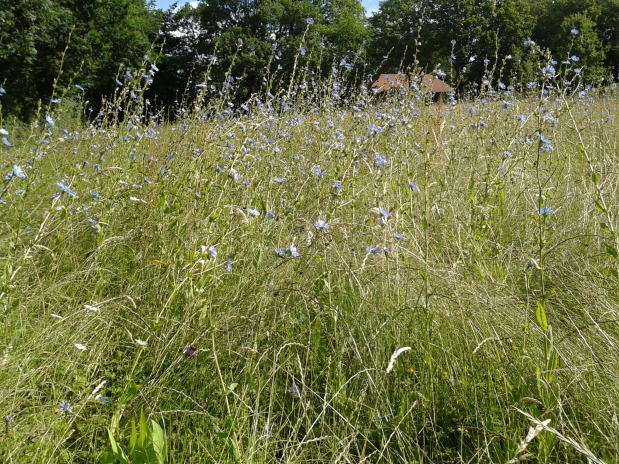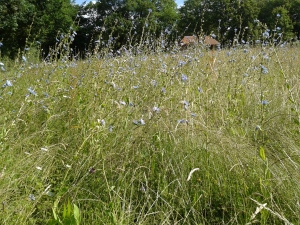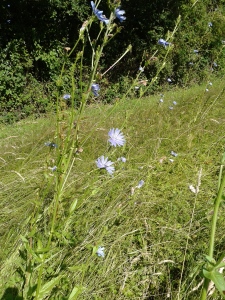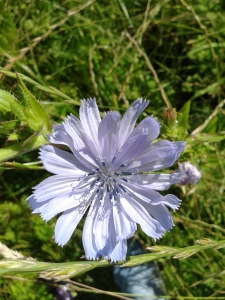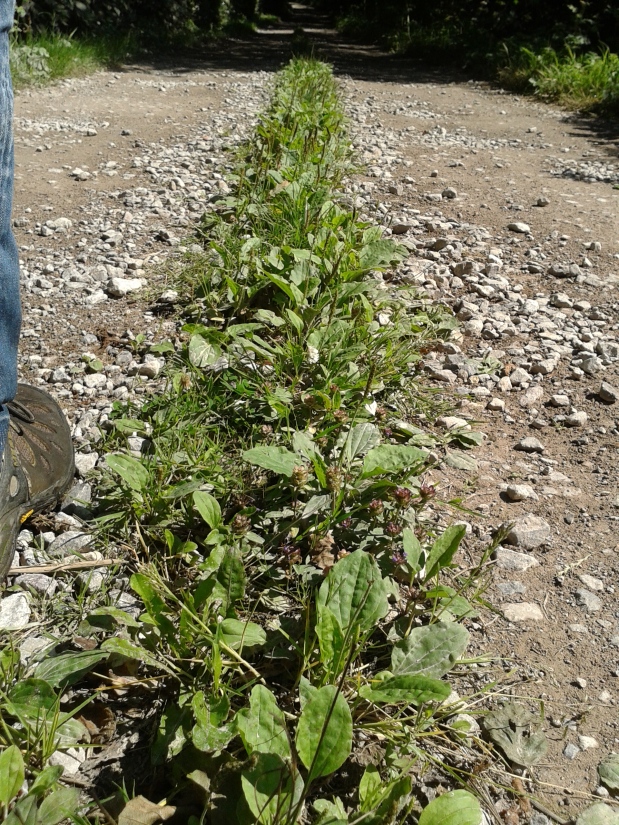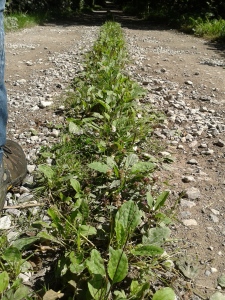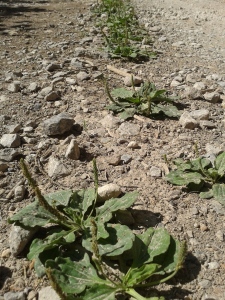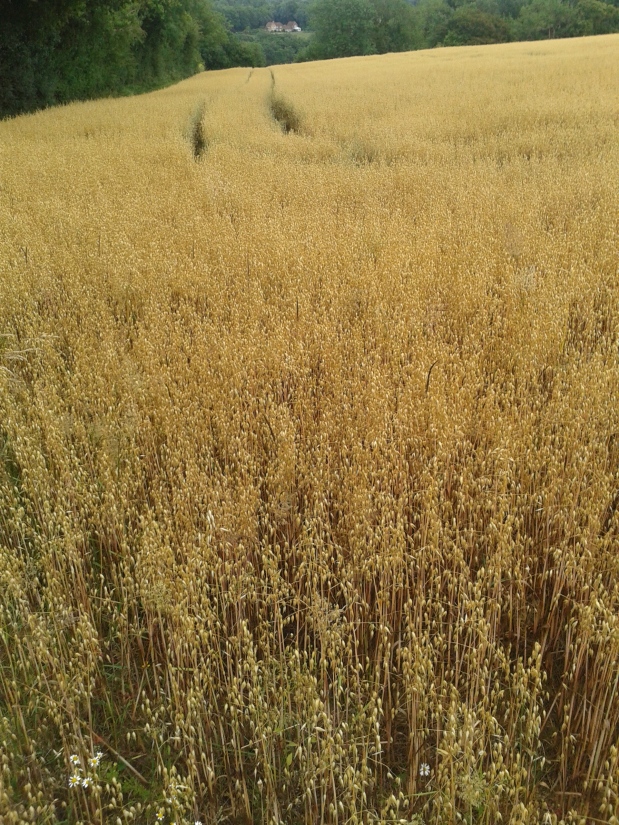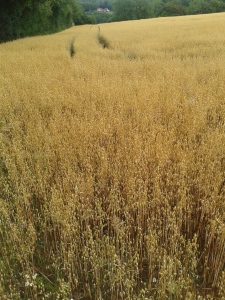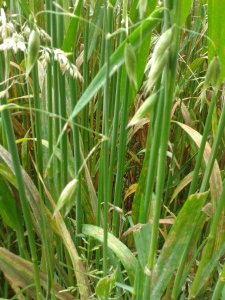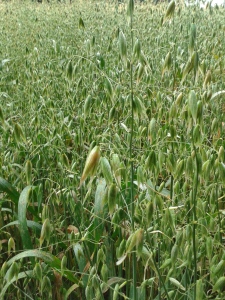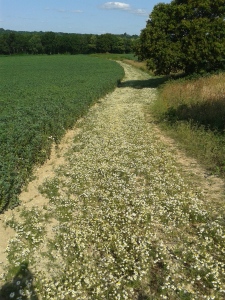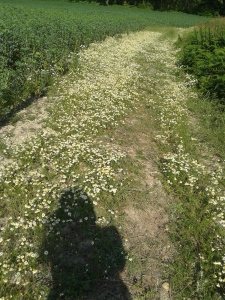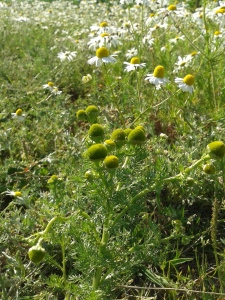I came across this beautiful blue tinged field yesterday on my daily ramble. At first sight I thought it was flax/linseed but on closer inspection, I realised it was in fact chicory.
The leaves and root can be used as both food and medicine and have been foraged for and cultivated for many centuries. The leaves are best eaten when the plant is still young, before flower stalks arise but the root can be harvested in spring and autumn and used fresh or dried or roasted as a half decent coffee substitute.
Named “the friend of the liver” by the 2nd century physician Galen, modern research has verified chicory root has the ability to stimulate the flow of bile, act as a pre-biotic (encourages the growth of friendly gut bacteria), improve digestion and also to help prevent cancer (particulary gastro-intestinal cancers), atherosclerosis and cardiovascular disease. It is also rich in anti-oxidants, folic acid, manganese, potassium, vitamins A & B6 and contains substances that are anti-inflammatory, antibacterial, cholesterol lowering, mildly sedative, blood sugar stabilising and immune stimulating.
This wild variety is the original plant from which many modern vegetables are now cultivated including the pale blanched chicory heads, endive and raddichio. All of these leaves share a mild bitter taste and have tonic effects on the liver and digestion and are well worth including in the diet on a weekly/bi-weekly basis throughout its growing season.

